UABC scientists’ ‘sausages’ include squid, ground salmon, gelatin
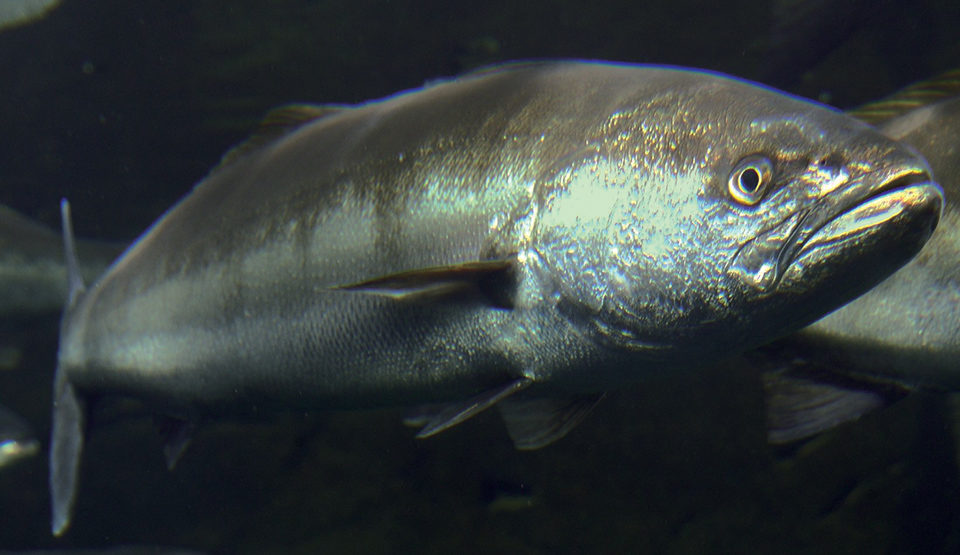
Despite widespread technological advances in aquaculture, the development of formulated broodstock diets for marine finfish has been slow, and there has been little economic incentive for the aquafeed industry to develop artificial diets for marine broodfish. Diets of mixed raw fish continue to be the traditional industry method of feeding marine broodstock.
However, the use of raw fish requires sound quality control over both the source and supply of the fish. When compared to raw fish diets, formulated broodstock diets offer more consistent quality year-round, greater biosecurity and finer control over diet composition for particular species and reproductive phases.
Broodstock nutritional projects
The Hubbs-SeaWorld Research Institute (HSWRI) in San Diego, California, USA, recently joined with the Universidad Autónoma de Baja California (UABC) in Mexico to share resources and expertise toward a common goal of producing new and improved diets for the marine fish broodstock being cultured at each location.
HSWRI is evaluating the feasibility of replenishing the depleted natural population of white sea bass (Atractoscion nobilis) off California by releasing cultured juveniles. The highly prized fish are important to the region’s recreational and commercial fisheries. For the last half century, extensive fishing pressure and deterioration of nursery habitats have significantly reduced bass populations.
Like their counterparts at HSWRI, scientists at UABC are working to propagate and increase the populations of totoaba (Totoaba macdonaldi) through stock enhancement.
Broodstock diets
It has long been thought that the nutritional requirements for spawning fish may not be met by raw feeds alone, due to the lack of variety in the diet and leaching of vitamins. In addition, the nutritional content of raw fish is known to vary naturally by season, site of catch, and type of processing. Hence, raw fish is often supplemented with a vitamin premix in the form of a gelatin “brownie” or vitamin capsule.
In the wild, white sea bass feed on schooling anchovies, pacific mackerel, sardines and squid. At HSWRI, the primary goal is to formulate and process on site a diet that is readily accepted by white sea bass broodstock. The broodstock are fed frozen sardines 3 times and squid 2 times per week (Table 1).
Royes, Proximate analysis of food items, Table 1
| Squid | Sardine + Fish Oil + Vitamin Mixture |
|
|---|---|---|
| Moisture | 83.47% | 57.94% |
| Crude protein | 13.10% | 16.20% |
| Crude lipid | 0.45% | 23.30% |
| Crude fiber | 0.15% | 0.17% |
| Ash | 1.33% | 2.46% |
The sardines are injected with a vitamin-fish oil mixture prior to being fed to the fish in a labor-intensive process that requires strict quality control measures. The diet will supplement the raw seafood and include vitamins and other feed additives that may be beneficial for spawning.
Studies with Seriola species yellowtail have shown the advantages of using artificially balanced diets. These diets can be made with or without raw fish, giving farmers and researchers flexibility according to the availability of ingredients and storage capacity.

On-site processing, bass trial
Using a commercial mixer, UABC scientists have made pellets for totoaba broodstock for the last 10 years. Presently, scientists at UABC are processing a mixture of thawed frozen squid and ground salmon pellets with gelatin as a binder that is then extruded cold. The mash is passed through a 3-cm die into sausage casings. The resulting “sausages” are then bagged and stored in a freezer. Before feeding, the casings are removed from the defrosted sausages, which are cut into 2.5-cm-diameter pellets as needed.
A pilot study was conducted with three test diets that included 30 percent, 10 percent, or no raw squid to determine the acceptability of the pellets to white sea bass. Squid meal or frozen raw squid and herring meal were used as the main protein sources. Squid meal is a well-known attractant and spawning aid.
Krill meal provided antioxidant properties to aid in egg quality. Menhaden fish oil was used as a source of dietary lipids and essential fatty acids. The vitamin and mineral premixes were formulated according to recommended levels to satisfy the requirements of the fish.
Diets were not dried due to the lack of a large-enough drying oven. The resulting moisture was approximately 30 percent of the diet, so all diets were stored in the freezer to prevent bacterial growth and nutrient degradation.
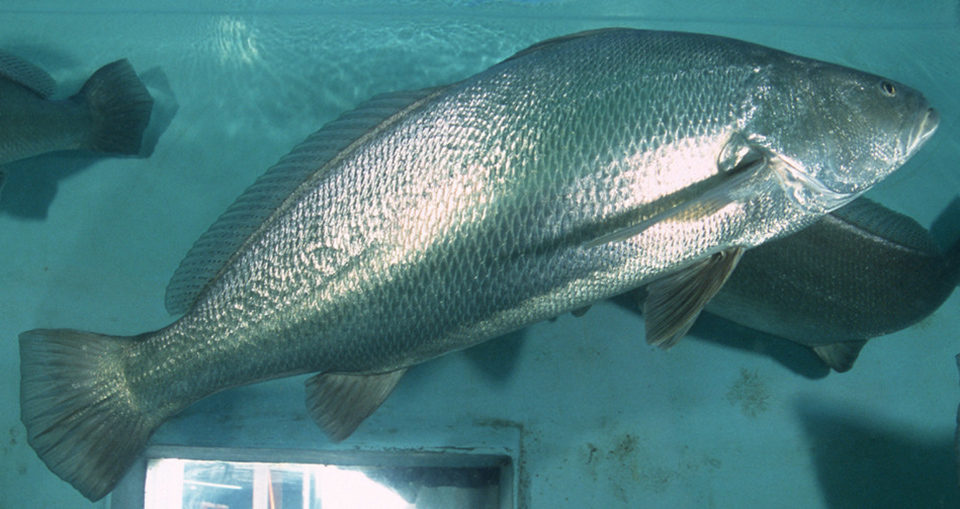
Totoaba tests
One challenge in optimizing brood diets for pelagic marine species is the large size of the tanks required for spawning, which often limits the number of treatment combinations and replicates that can reasonably be assigned. Pilot tests are being conducted using totoaba at UBAC and white sea bass at SeaWorld.
Feeding trials are conducted in a closed recycling system with controlled temperature and photoperiod. Due to space limitations, trials can not be run in replicate, rather each diet is fed in succession to one tank of fish.
Sixteen totoaba of 12 kg average weight were fed for three consecutive days, while 27 white sea bass of 16 kg average weight were fed to satiation once daily every other day for a total of three days. Pellets were offered in five successive one-minute periods in order to determine feed consumption. On initial contact, the pellets were well received. They were deemed palatable, as the fish did not regurgitate them.
Research needs
Additional studies are needed to improve the texture, moisture levels, and water stability of the pellets. High-moisture feeds provide a storage challenge because even when stored in a freezer, they cannot be stored for as long as dry diets. Oven drying after extrusion can reduce moisture levels.
Water stability also is not as good as that for diets that have undergone heat extrusion. The use of wheat gluten in the test diets improved water stability compared to previous trials without wheat gluten.
This process can also be improved by first grinding major ingredients through a hammer mill. Although some feed particles came through the gills of the white sea bass, water quality did not deteriorate within the seven-day feeding period. With proper filtration and a protein skimmer, water quality can be maintained.
Research at Hubbs-SeaWorld Research Institute will continue to focus on the effects of artificial diets on broodstock spawning, egg quality, and hatch rates. Until then, pellets made on the farm can be a useful carrier for vitamins, pigments, medication and other feed additives.
(Editor’s Note: This article was originally published in the July/August 2007 print edition of the Global Aquaculture Advocate.)
Now that you've reached the end of the article ...
… please consider supporting GSA’s mission to advance responsible seafood practices through education, advocacy and third-party assurances. The Advocate aims to document the evolution of responsible seafood practices and share the expansive knowledge of our vast network of contributors.
By becoming a Global Seafood Alliance member, you’re ensuring that all of the pre-competitive work we do through member benefits, resources and events can continue. Individual membership costs just $50 a year.
Not a GSA member? Join us.
Authors
-
Juli-Anne Royes, Ph.D.
1449 Richland Road
Apartment 6N
Auburn, Alabama 36832 USA[109,111,99,46,111,111,104,97,121,64,111,115,115,117,114,115,101,121,111,114,106]
-
Mark Drawbridge, M.S.
Hubbs-SeaWorld Research Institute
San Diego, California, USA -
Gabriela LaChance, M.S.
Hubbs-SeaWorld Research Institute
San Diego, California, USA -
Lus M. López-Acuña, Ph.D.
Universidad Autónoma de Baja California
Facultad de Ciencias Marinas
Ensenada, Baja California, Mexico -
Gerardo Sandoval, M.S.
Universidad Autónoma de Baja California
Facultad de Ciencias Marinas
Ensenada, Baja California, Mexico
Tagged With
Related Posts
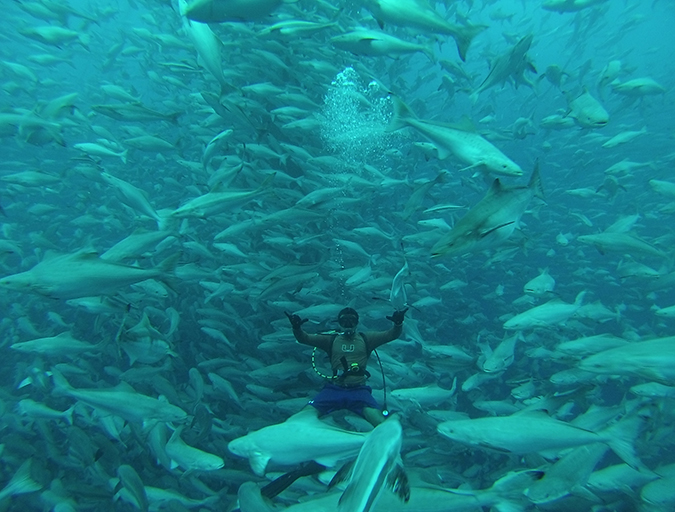
Innovation & Investment
Aquaculture Exchange: Daniel Benetti
University of Miami professor says the U.S. seafood marketplace needs to embrace 'plate-sized' fish if a domestic aquaculture industry is to become sustainable and profitable.
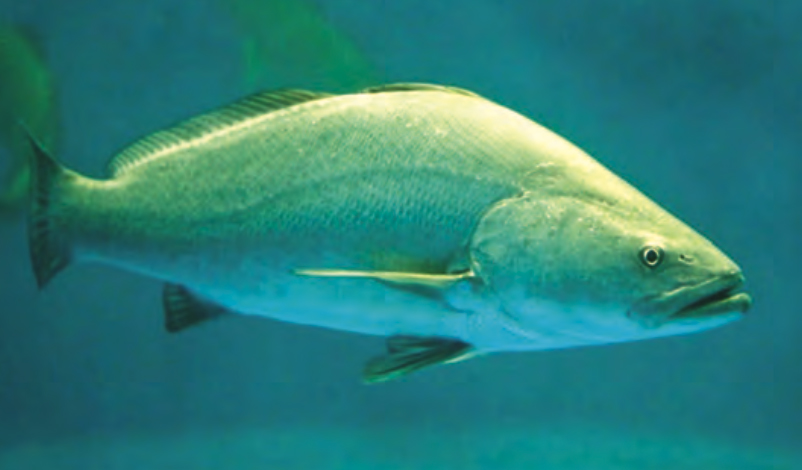
Responsibility
Aquaculture gives endangered totoaba a fighting chance
The tenuous fate of a pint-sized porpoise, the critically endangered vaquita, is linked to a fish targeted by poachers fueling China’s appetite for maws. The vaquita remains in peril, but aquaculture presents some hope for the totoaba.
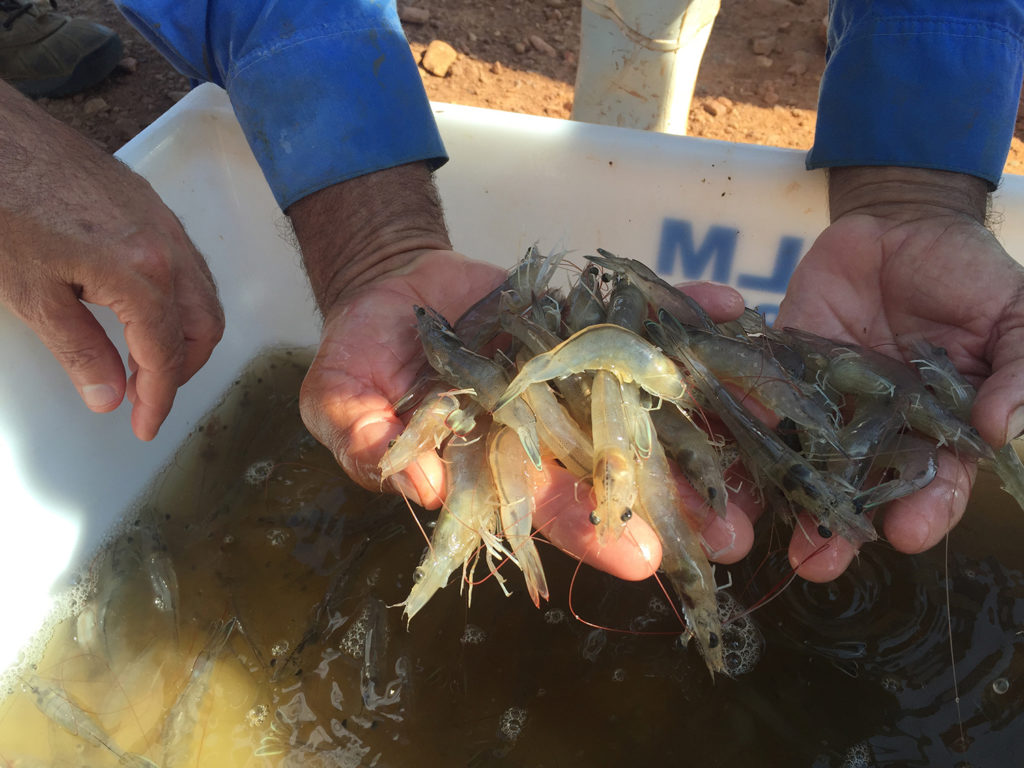
Aquafeeds
Aquafeed supplementation with crystalline amino acids
Authors present a practical review of modern formulation options including crystalline amino acids in fulfilling nutritional requirements in aquafeeds.
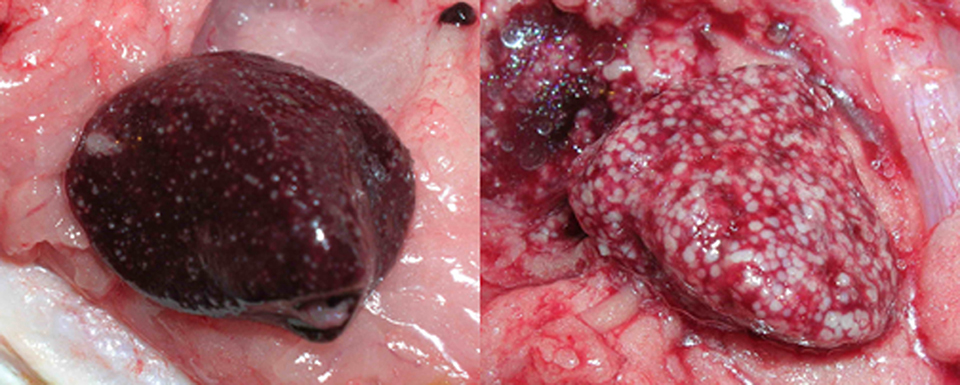
Health & Welfare
Bacterial diseases cause granulomas in fish
Granulomas in diseased fish often indicate infections by bacteria. External signs range from ulcers and emaciation to lethargy or no signs at all. Internally, gray or tan foci present in organs and can coalesce with severe inflammation.


![Ad for [BSP]](https://www.globalseafood.org/wp-content/uploads/2025/07/BSP_B2B_2025_1050x125.jpg)
